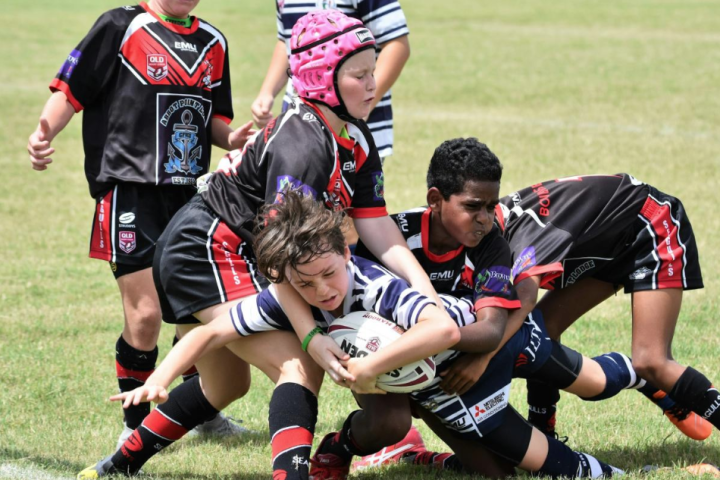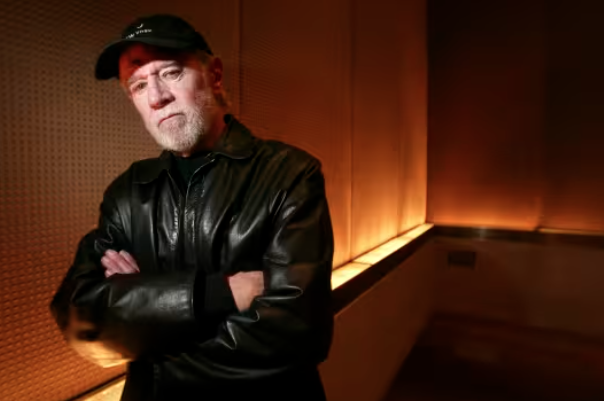In a disturbing first, a Tasmanian man has become the state’s first offender for possessing and distributing AI-generated child abuse material. The 48-year-old resident of Gravelly Beach pleaded guilty on March 26, 2024, to charges of accessing and possessing hundreds of these banned images.
This conviction marks a significant development in Australian law enforcement’s fight against child abuse content. The Tasmanian Joint Anti Child Abuse Team (TAS-JACET) investigation, led by the Australian Federal Police (AFP), uncovered evidence showcasing a new and disturbing trend: the use of artificial intelligence to generate child sexual abuse material.
“This case is particularly noteworthy because it’s the first time we’ve encountered and obtained evidence of AI-generated child abuse material,” stated AFP Detective Serial Aaron Hardcastle. The authorities emphasized that regardless of origin, whether a real child or a disturbing AI fabrication, this content is considered “abhorrent” and will be relentlessly pursued.
The TAS-JACET team, along with the AFP and other law enforcement partners, have vowed to continue their work in identifying, investigating, and bringing those involved in the distribution and possession of this type of content to justice. The Australian Child Abuse Prevention Center has urged the public to come forward with any information regarding individuals involved in the distribution or possession of child abuse material.
Cases Involving Prohibited AI Content in the US
In a related incident, a third-grade teacher was arrested last month for possession of child pornography and child pornography generated by artificial intelligence, using images from the yearbooks of three students.
According to the Pasco County Sheriff’s Office, Steven Houser, a 67-year-old teacher at Beacon Christian Academy in New Port Richey who teaches science to third graders, is the accused.
The sheriff’s office clarified that none of the media featured his students. Upon deputies’ arrival, Houser admitted to using three yearbook photos of students to create child pornography through artificial intelligence.
While Tasmania, Australia, has taken definitive action concerning certain AI-generated images, the legality surrounding minors remains contentious in some US states.
In February last year, middle school students at Beverly Hills Schools produced and shared nude images with the faces of other students using AI.
US Legal Landscape Regarding AI Deepfakes
The investigation has highlighted concerns regarding legal loopholes regarding pornographic material generated by artificial intelligence.
Reports suggest that posting a non-consensual nude photo of a classmate could land an eighth-grader in California in legal trouble.
However, it remains uncertain whether state laws would apply if the photo were a deepfake created by artificial intelligence.
This has led to calls for Congress to prioritize child safety in the United States. While AI on social media holds significant potential, if left unchecked, it could also pose serious risks.
Santa Ana criminal defense attorney Joseph Abrams argues that an AI-generated nude does not depict a real person. He asserts that it falls under child erotica rather than child pornography.
Furthermore, Abrams, speaking as a defense attorney, contends that it does not violate this specific provision or any others.





